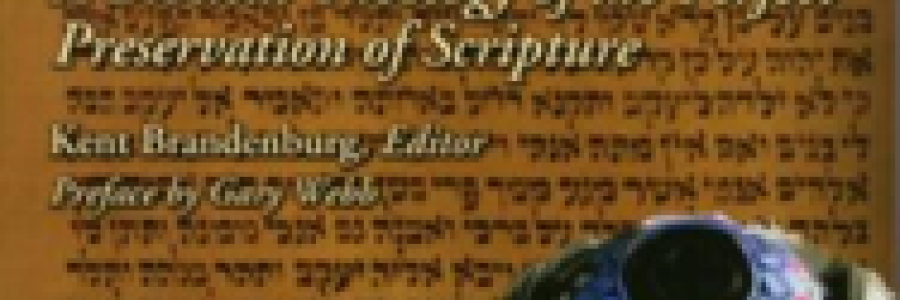Theology Thursday - Byzantine Priority & the "Phantom" Eclectic Text (Part 1)
In an appendix to his The New Testament in the Original Greek: Byzantine Platform, Maurice Robinson explained the Textus Receptus and the Byzantine platform are, in fact, quite different. For him, the crux of the issue is the dominance of the Byzantine text:1



Discussion